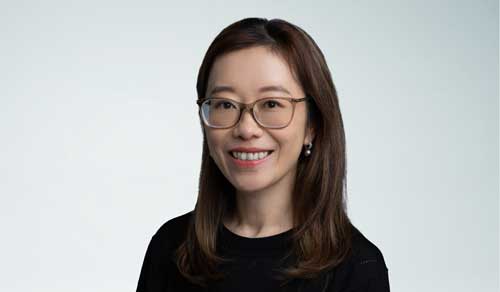Key takeaways
- It is critical to adopt a customer-centric mindset focused on designing products that cover the top health concerns of seniors, including cancer, stroke, heart disease, dementia, and long-term care, rather than repurposing products meant for younger demographics.
- Multi-pay critical illness products that provide coverage for multiple conditions have potential across Asia, as seniors will likely live long-term with one or more health issues.
- Seniors will respond well to pricing strategies that enhance affordability, such as shortening product terms, offering surrender values, and developing products that automatically accept seniors with any of the “4 highs” – high blood pressure, high cholesterol, high blood sugar, or high BMI.
As Asia's population continues its rapid greying, insurers are facing an unprecedented opportunity to tap into the severely underserved senior market segment across the region. Unlocking this potential will require a deep understanding of the on-the-ground realities and evolving needs of elderly consumers in different Asian markets.
This article, the second in a three-part series exploring the results of RGA’s exclusive research into the senior insurance market across eight markets, will detail key approaches to the successful development and launch of senior-focused insurance products. RGA surveyed over 1,600 consumers aged 55-80 across eight markets: China, Hong Kong, India, Japan, South Korea, Taiwan, and Vietnam.
Armed with these critical insights, insurers can craft innovative life and health protection solutions purposefully designed to increase product appeal, simplify access, and deliver affordable pricing tailored to this unique demographic.
‘80 is the new 60’: Changes in aging
The World Health Organization defines aging as “a gradual decrease in physical and mental capacity, a growing risk of disease, and ultimately death. These changes are neither linear nor consistent, and they are only loosely associated with a person’s age in years.”
While age 65 is a benchmark for senior citizenship across many countries, older people do not instantly become “senior” at that age. Instead, aging – and our concept of aging – is affected by a host of biological, social, and psychological factors.
Seniors and aging: Clinical considerations
♦ Aging is characterized by progressive and broadly predictable changes associated with increased susceptibility to many diseases.
♦ Aging is not a homogenous process. Rather, organs in the same person age at different rates, influenced by multiple factors, including genetic makeup, lifestyle choices, and environmental exposures.
♦ A Danish twin study1 found that genetics accounted for approximately 25 percent of the variation in longevity among twins and environmental factors accounted for approximately 50 percent.
♦ With greater longevity (to age 90 or 100), genetic influences became more important.
In addition, people in developed countries are living longer, and living longer with chronic diseases. This is especially evident in the Asian population, where longevity has increased due to a combination of genetics, lifestyle factors, and clinical advancements in the treatment of cancer, chronic disease, infectious disease, and accidents.






